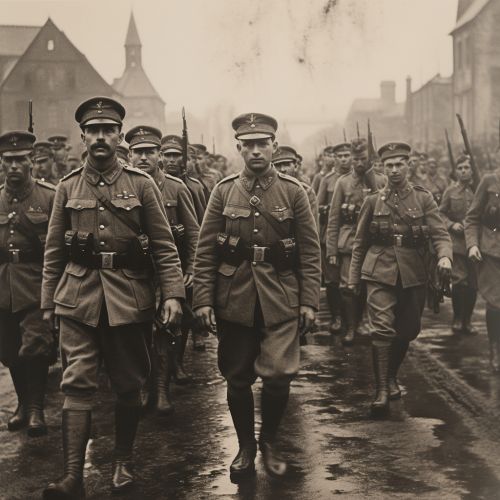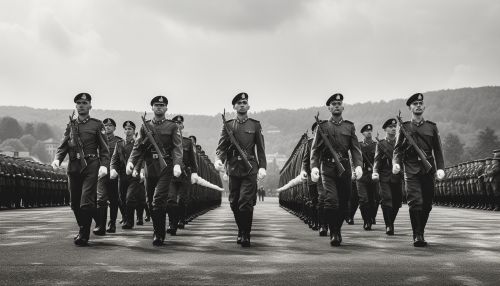6th Army
Formation and Early History
The 6th Army was a field army unit of the German Wehrmacht during World War II. Formed in October 1939, it was initially commanded by General Walther von Reichenau. The 6th Army is best known for its role in the Battle of Stalingrad, where it was encircled and destroyed by the Red Army.
Commanders
The 6th Army had several commanders throughout its existence. After General von Reichenau, it was commanded by General Friedrich Paulus, who led the army during the Battle of Stalingrad. Following Paulus's capture, General Karl-Adolf Hollidt took command, followed by General Maximilian de Angelis and finally General Hermann Balck.


Battle of Stalingrad
The 6th Army's involvement in the Battle of Stalingrad was a significant event in World War II. The battle began in August 1942 and ended in February 1943 with the surrender of the 6th Army. The battle is often regarded as one of the deadliest in history, with heavy casualties on both sides. The 6th Army was encircled by the Red Army and cut off from all supplies, leading to a desperate situation for the German forces.
Operation Winter Storm
In December 1942, the German High Command launched Operation Winter Storm, an attempt to relieve the encircled 6th Army. However, the operation failed to break the Soviet encirclement. The 6th Army was ordered to hold their positions at all costs, leading to further casualties and ultimately their surrender.
Surrender and Aftermath
The 6th Army officially surrendered on February 2, 1943. Of the approximately 300,000 men of the 6th Army who were encircled at Stalingrad, only about 91,000 survived to become prisoners of war. Many of them died in captivity due to starvation, disease, and maltreatment.
Legacy
The fate of the 6th Army at Stalingrad has been the subject of many historical studies. It is often seen as a turning point in World War II, marking the beginning of the end for the Axis powers. The battle and its aftermath have also been depicted in various forms of media, including films, books, and video games.
